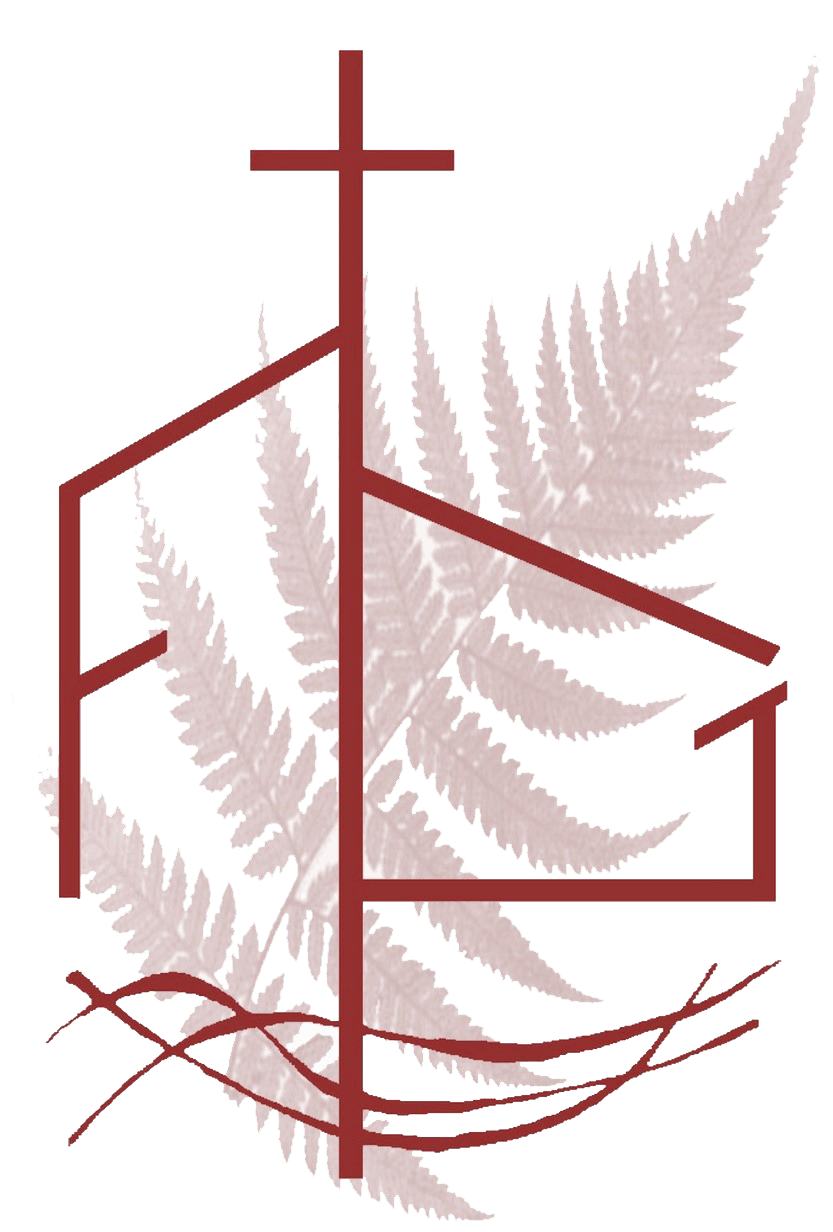Prologue
We begin our parish story by thinking of this place before the Europeans came. We honour and acknowledge the First People of this land where we established our parish and built our church.
The memorial plaque by the church door reminds us:
To all who walk this land
May you always stand tall as a tree
Be as gentle as the morning mist
And as strong as the earth under your feet
May the warmth of the campfire be in you
And may the Creator Spirit of the Wurundjeri people
Always watch over you.
So we honour and acknowledge the Wurundjeri People
Who have lived here in deep time – for more than thirty times the Christian Era
Who have lived in harmony with the land we now love
and think of as our own
Who have nurtured, have been nurtured by and continue to nurture the land we now call Australia.
The Pioneers
In the 1800s the first Christians came to the Dandenong Ranges and valleys with the message of Jesus. Our Catholic forebears, mainly
Irish, kept the faith of their fathers and handed it on to their children in a new land.
In the early days of the colony of Port Philip Catholic life was very different from the ordered diocesan and parish system we know today. Indeed the story of the Melbourne Mission recalls the accounts in the Acts of the Apostles when the message of Jesus was spread from place to place by dedicated men and women.
The accounts of Archbishop Gould’s three week Mission journey on horseback to Tarraville (near Yarram) in Gippsland in 1853 offer a very different picture to the splendours of worship in St Patrick’s cathedral today. Riding 30 or 40 miles a day, struggling on barely
defined tracks through thick bush, fording or swimming rivers and staying nights in rough accommodation at wayside inns, his small party was grateful for the hospitality of Catholic families. The archbishop stayed for a week of religious services, hearing confessions, celebrating Mass, baptising babies and confirming the faith of children and adults.
These were the times when Catholic settlers from the Dandenong and Pakenham areas would travel by horse to attend St Francis church in Melbourne. When they could, priests from St Francis, and later from the Brighton Mission established in 1853, would pay return visits to Catholic homes. Over the next 30 years the diocese made applications for crown land for schools and churches; simple buildings were constructed at Cranbourne, Pakenham, Berwick and Dandenong. In 1883 the Brighton Mission was divided, creating the new parish of Dandenong which took in the Dandenong Ranges as well as the Mornington Peninsula and Western Port Bay area.
Thus, in less than 50 years the Catholic Church in Melbourne grew from the basic elements of a religion – a personal spreading of the message of the founder to individuals – to the full religious flourishing of that message. By 1883 regular services of worship were conducted in the earliest dedicated church buildings; an institutional governance was established; patterns of behaviour and teaching of doctrine were promoted; and the people, settlers struggling in an often inhospitable land, were comforted, supported and their lives transformed by the fostering of their inherited faith.
This is the background against which Catholic families in the Ferntree Gully area began building their first church.
